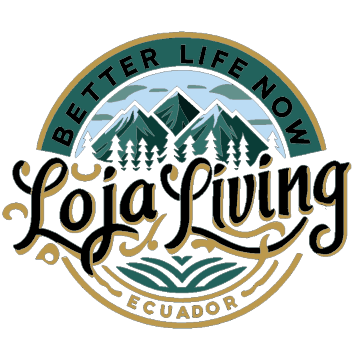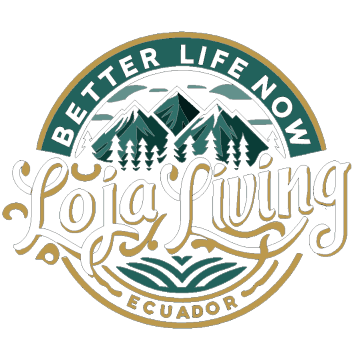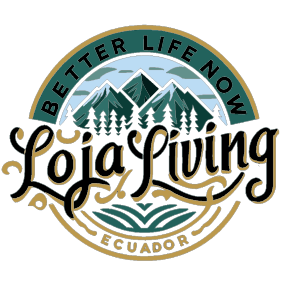Navigating the Healthcare System
Navigating the healthcare system in a new country can be daunting, but Ecuador offers a variety of healthcare options that make it relatively straightforward for retirees. Ecuador has both public and private healthcare systems, each with its own benefits.
The public healthcare system, managed by the Ecuadorian Institute of Social Security (IESS), provides affordable healthcare services to residents, including expats with a residency visa. Enrolling in the IESS system is relatively simple and involves paying a monthly premium, which is typically around $79 for an individual or $95 for a couple. This premium covers a wide range of medical services, including doctor’s visits, hospital stays, and prescriptions.
The private healthcare system in Ecuador offers high-quality medical care with shorter wait times and more personalized service. Many private hospitals and clinics are equipped with modern facilities and employ doctors who have trained internationally. The cost of private healthcare is significantly lower than in the United States. For example, a consultation with a specialist may cost $30 to $50, and surgical procedures are also much more affordable.
When choosing healthcare providers, many expats rely on recommendations from other expats and local residents. Online forums and expat groups can provide valuable insights into the best doctors and hospitals in different areas. It’s also important to visit potential healthcare providers to get a sense of their facilities and services.
Pharmacies are widely available in Ecuador, and many medications that require a prescription in the United States can be purchased over the counter here. Prescription medications are generally much cheaper, and many pharmacies have knowledgeable staff who can provide advice and assistance.
Health insurance is another important consideration. In addition to the public IESS insurance, expats can choose from various private health insurance plans. These plans offer more comprehensive coverage and faster access to services. Premiums vary depending on the coverage level and the age of the insured, typically ranging from $70 to $150 per month.
For emergencies, it’s crucial to know the location of the nearest hospital or clinic. Major cities like Loja, Cuenca, Quito, and Guayaquil have reputable hospitals with emergency services. In rural areas, healthcare facilities may be more basic, so having a plan for accessing care in an emergency is essential.
Learning some basic Spanish medical terms can also be helpful, especially when dealing with healthcare providers who may not speak English. While many doctors in private hospitals speak English, this is less common in public hospitals and rural clinics.
In summary, navigating the healthcare system in Ecuador involves understanding the public and private options, choosing the right healthcare providers, securing appropriate insurance, and being prepared for emergencies. By taking these steps, retirees can ensure they receive high-quality medical care while enjoying their new life in Ecuador.




